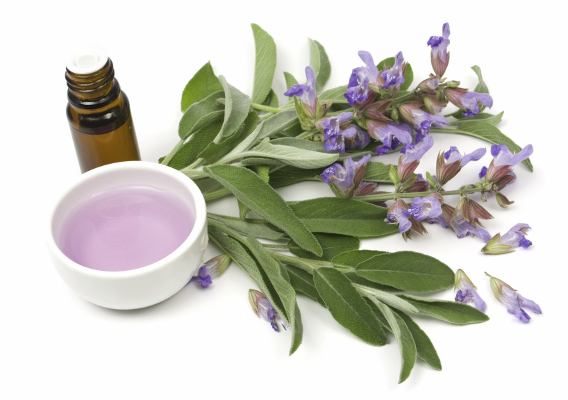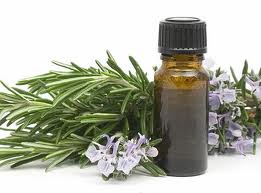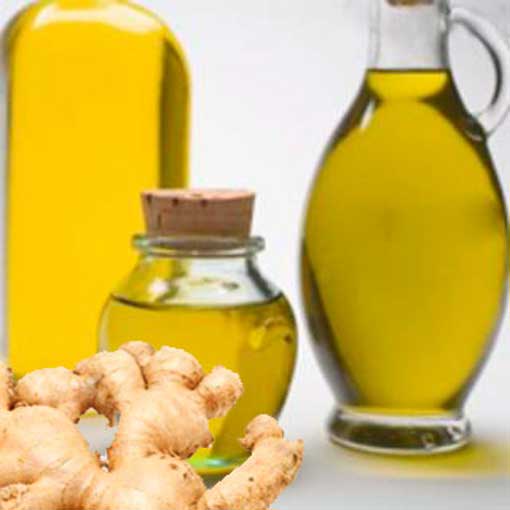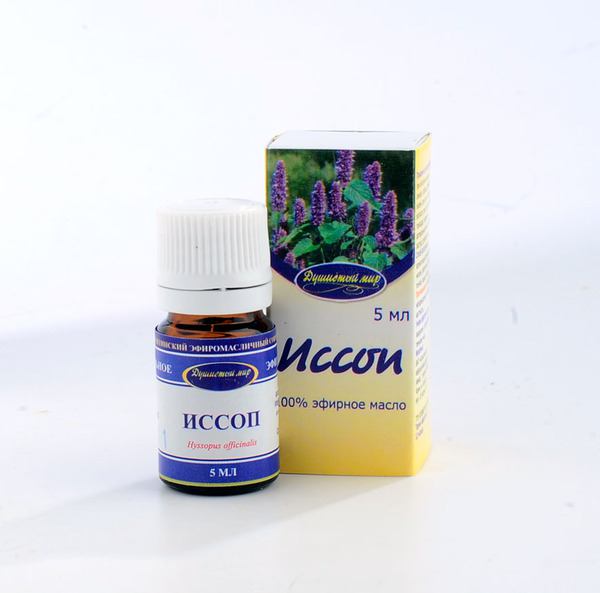Before the opening of China and India, “tea” referred to sage. Sage essential oil has a cool, amber fragrance with a nutty undertone. Complementary to the flowing sage oil are lavender, geranium, cypress, basil, sandalwood, jasmine, and cinnamon oils.

The scent of sage alleviates tension and eases conditions associated with depression.
Uses of Sage Oil:
- Traditionally, dating back to Rus’, sage is used to treat colds, bronchitis, laryngitis, sinusitis, and other bronchial and lung issues.
- Sage essential oil, thanks to its unique chemical composition, which includes phytoestrogens, stimulates the reproductive system, aids conception, and normalizes the menstrual cycle.
- Sage oil boosts immunity and is a powerful anti-inflammatory, bactericidal, and antiseptic agent.
- It is an effective pain reliever and antispasmodic.
- It is actively used in dentistry to enrich preparations for gums and oral cavity.
- Supports the heart muscle and enhances mental and physical performance. It is utilized in traditional and folk medicine.
- Helps with urinary tract infections.
- Normalizes digestion.
- Smooths wrinkles and cares for mature and oily skin.
- Suitable for rinsing oily hair.
- Treats minor wounds, cuts, burns, eczema, and psoriasis.
Recipes for Using Sage Essential Oil:
- Inhalations - 2 drops of sage oil, also suitable for saunas.
- Compresses - half a glass of hot water with 10 drops of oil.
- Cold compresses - base oil and 15 drops of sage oil.
- Cream enrichment - 3 drops of oil per 15 grams of cream.
- Gargling for a cold - a glass of warm water, a teaspoon of baking soda, 0.5 teaspoon of salt, a teaspoon of honey, and 4 drops of sage oil.
Do not use during pregnancy.



